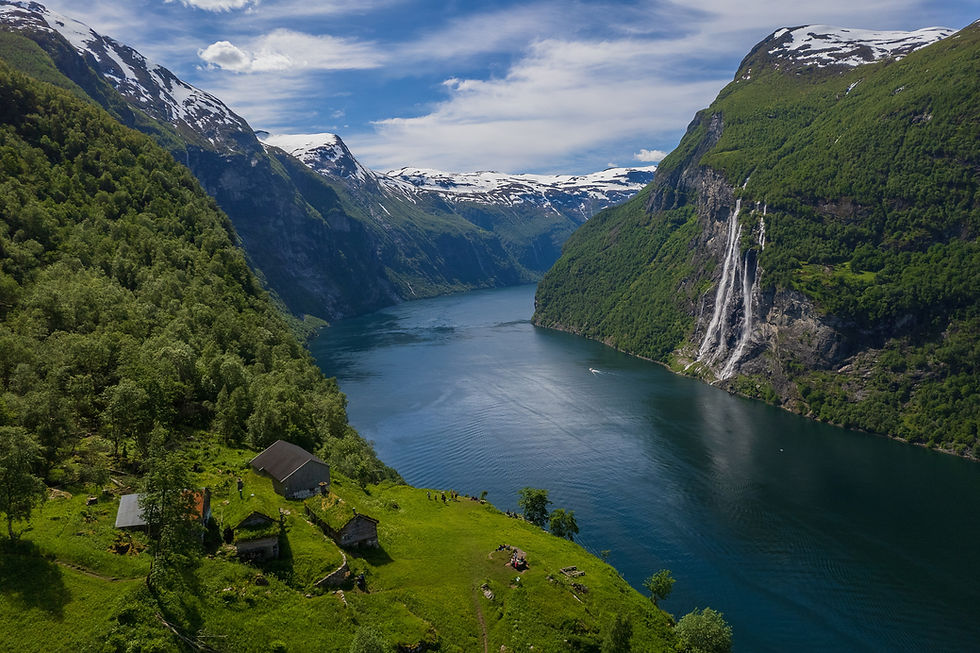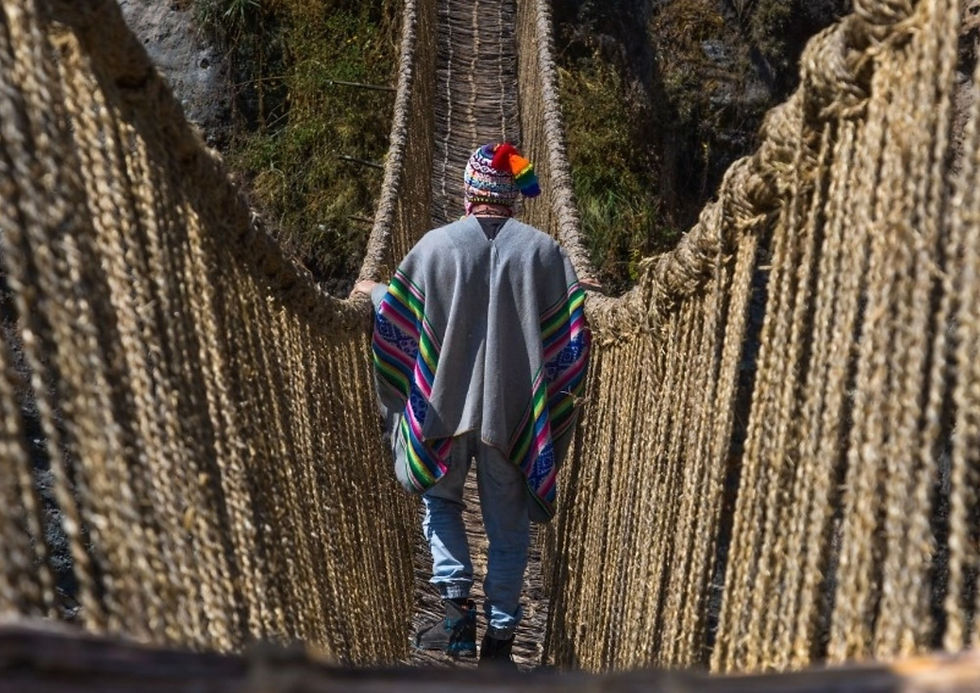Chiapas Travel Guide 2026: Why San Cristóbal & Chamula Steal My Heart
- Ray Gudrups
- Oct 7
- 4 min read
San Cristóbal de las Casas isn’t just a dot on the map—it’s where my love for Mexico sparked to life. Years ago, I lived in this vibrant Chiapas town, wandering its misty cobblestone streets, sipping coffee with Tzotzil artisans, and feeling the mountain air weave its magic. Since then, it’s been my favorite place in all of Mexico, the one spot I’m most thrilled to bring my small tour groups to. This Chiapas travel guide is your ticket to its raw, soulful charm, from the boho heart of San Cristóbal to the textile wonderland of Zinacantán and the mystical vibes of San Juan Chamula. Forget polished Oaxaca—this is Mexico’s unfiltered soul, and I’m bringing you along for the ride.

Why San Cristóbal is My Forever Favorite
Nestled in the Chiapas highlands, San Cristóbal de las Casas isn’t the state capital, but it reigns as the cultural heartbeat of the region. Unlike Oaxaca’s curated allure, San Cristóbal feels like Mexico’s raw, beating pulse—cobblestone alleys alive with indigenous Tzotzil and Tzeltal locals in vibrant shawls, selling handmade textiles next to dreadlocked artists in cozy cafés. The boho vibe is electric, unpolished, and authentic. Chiapas, one of Mexico’s poorest states, is a treasure trove of culture, art, and landscapes. The Tzotzil-led Zapatista movement’s legacy—murals and revolutionary spirit—adds grit to its story. From misty pine forests to colonial churches glowing at sunset, this town delivers awe at every turn. It’s where I fell for Mexico, and I bet you will too.
San Juan Chamula

: Coca-Cola Rituals and Sacred Magic
A 20-minute collectivo ride (~20 pesos/$1 USD) from San Cristóbal, San Juan Chamula is a must for your Chiapas travel guide. This Tzotzil village is wild—known as the world’s top per-capita Coca-Cola consumer. Step into the Templo de San Juan, and you’ll rethink everything about churches. No pews, just pine needles carpeting the floor, candles flickering, and shamans chanting. Locals sip Coca-Cola in rituals, believing its burp expels evil spirits and illness. It’s sacred, surreal, and a cultural jolt you won’t forget. Respect the no-photo rule inside and dive into the bustling market for textiles or tamales. This is Chiapas at its most mystical.

Zinacantán: A Textile Haven That Wowed Me
Just 12 km from San Cristóbal, Zinacantán is a Tzotzil village that stole my heart with its vibrant weaving traditions. Known as the “Valley of Flowers,” it’s a kaleidoscope of embroidered textiles—think shawls and huipiles bursting with pinks, blues, and purples. Visit a weaver’s cooperative (like Mujeres Tejiendo Sueños) to see women handcrafting intricate designs on backstrap looms, a skill passed down for generations. I still remember my first visit, watching artisans dye threads with local plants—it’s humbling and inspiring. The San Lorenzo church adds a serene backdrop, and the village’s greenhouses bloom with roses year-round. A collectivo from San Cristóbal (~25 pesos) gets you there in 25 minutes. Bring cash for textiles—they’re worth every peso.
Why San Cristóbal Outshines Oaxaca
Oaxaca’s got mezcal and mole, but San Cristóbal’s raw edge wins for me. Oaxaca feels like a curated gallery—gorgeous but sometimes too perfect. San Cristóbal is the artist’s messy studio: chaotic, colorful, alive. Its markets overflow with handmade crafts, not tourist trinkets; its streets hum with indigenous voices, not just traveler chatter. When I lived here, I’d wander the Mercado de Artesanías, sipping pox (corn liquor) with locals, feeling like I’d found Mexico’s heart. For my tour groups, it’s the ultimate unfiltered adventure.

What Makes Chiapas Unmissable
Indigenous Soul: Tzotzil and Tzeltal locals bring markets and festivals to life. Hit the Mercado de Artesanías for embroidered treasures.
Boho Vibe: Colorful cafés, live music in hidden bars, and hostels buzzing with backpackers. Try Casa del Pan for organic eats with a hippie heart.
Nature & History: Hike El Arcotete’s caves or visit the 16th-century Santo Domingo church. Chiapas’ story—from Mayan roots to Zapatista rebellion—lives everywhere.
Awe-Inducing Moments: Catch a highland sunrise or share pox with artisans. Every moment feels like a story unfolding.
Planning Your Trip with this Chiapas Travel Guide
Getting There: Fly into Tuxtla Gutiérrez (TGZ), then take a 1-hour shuttle (~$15 USD) to San Cristóbal. Or bus from Oaxaca (6-7 hours, ~$30 USD).
Where to Stay: Rossco Backpackers (budget, ~$12/night) or Casa Lum (boutique, ~$100/night).
When to Go: November-March for cool, dry weather (17-25°F). Skip rainy season (June-Oct) for easier exploring.
Must-Pack: Layers for chilly nights, comfy shoes for cobblestones, a reusable water bottle (this one’s perfect), and a light backpack (like this).
Join My Chiapas Journey
San Cristóbal de las Casas and Zinacantán aren’t just stops on a map—they’re where I found Mexico’s soul, and I’m thrilled to share them with you. Join my small group trip in March 2025 for an unforgettable Chiapas adventure, from Chamula’s Coca-Cola rituals to Zinacantán’s woven wonders, plus a stop at the stunning El Chiflón waterfall. Ready for the magic?
Book your spot now at JoinMyTrip.com and let’s explore Chiapas’ heart together! 🌄



Comments